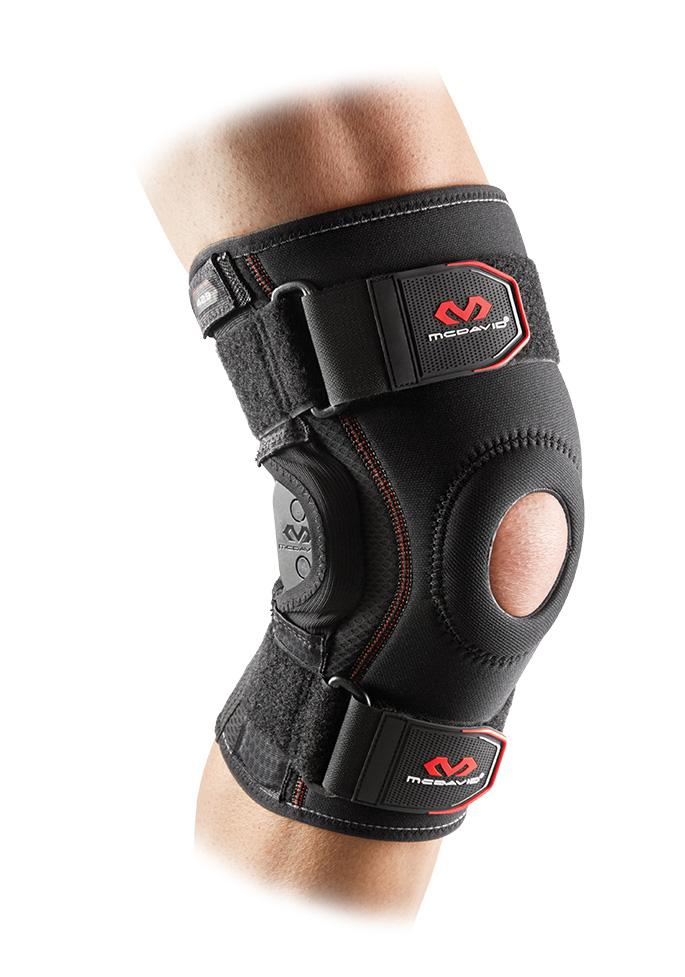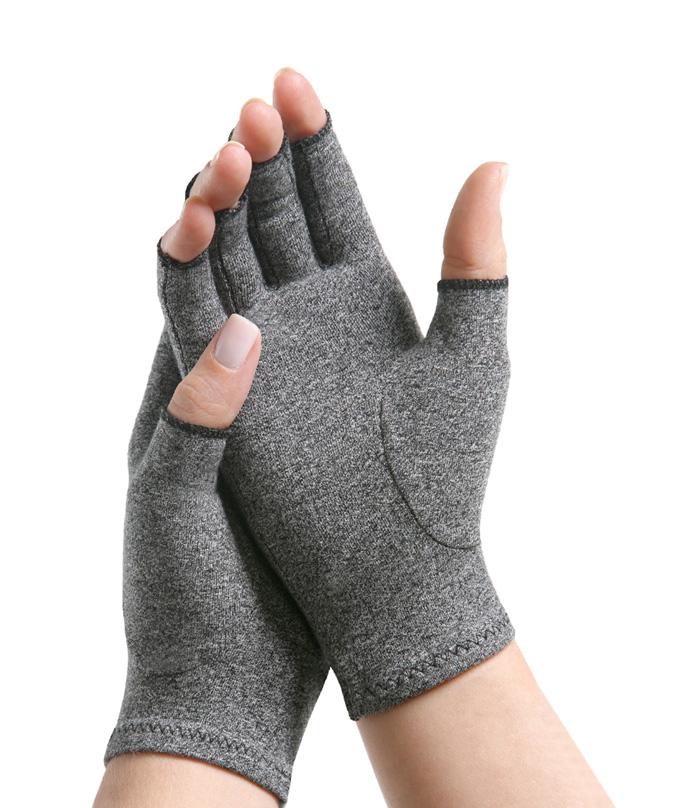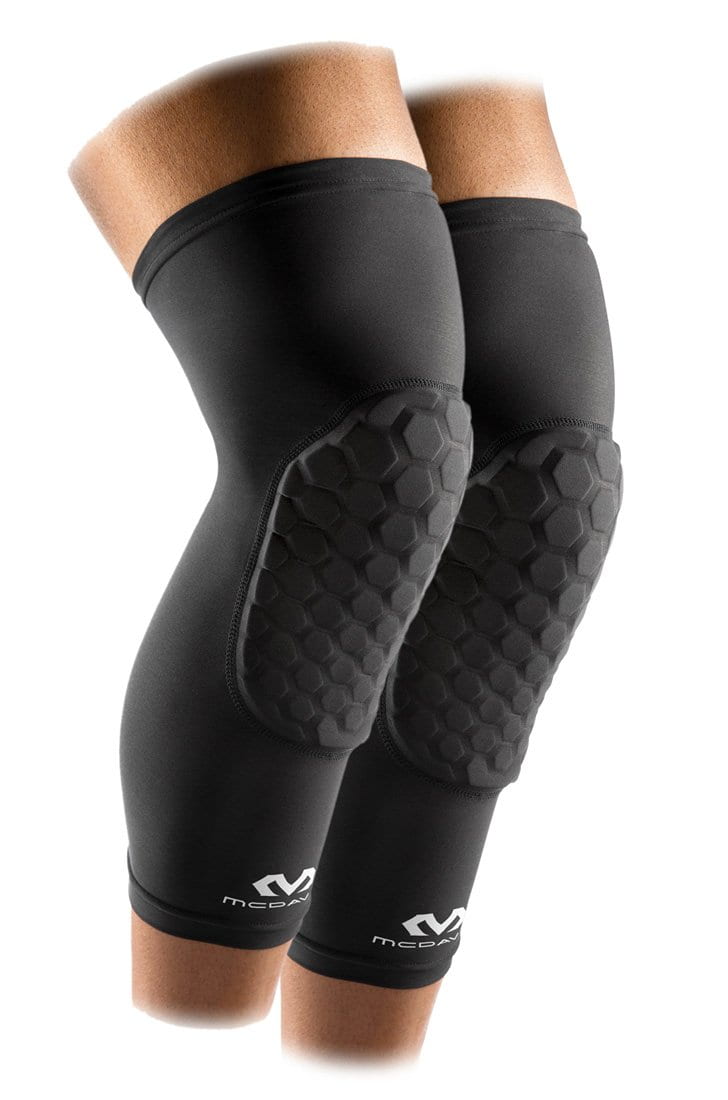Golfer's Elbow: Causes, Treatment & Difference With Tennis Elbow
Golfer’s elbow (Medial Epicondylitis) is a medical condition, which is characterized by the pain on the inner region of the affected elbow. Usually, the areas where the muscles in the forearm called the wrist flexors attach to the main tendon on the bony region of the elbow (medial epicondyle) are affected. The main tendon is referred to as the common flexor tendon. The pain can also travel to your forearm and wrist.
Difference Between Golfer's Elbow & Tennis Elbow
Sometimes golfer’s elbow is confused with tennis elbow but both conditions are different. Tennis elbow involves the outside of the elbow, not the inside. However, both injuries fall under the category of elbow tendonitis.
Note that golfer’s elbow does not occur in golfers only. Golfer’s elbow can take place through overuse injury from repetitive use of the wrist, hand and forearm. Tennis players and sportsmen who frequently use their wrists and clench their fingers can develop the condition.
Signs and Symptoms Of Golfer's Elbow
Common signs and symptoms of golfer’s elbow include:
- Tenderness and pain on the inner region of the injured elbow. Pain may travel to the inner region of the forearm as well
- Weakness of the hands and the wrists of the affected arm
- The affected elbow may feel stiff making it difficult to clench your fingers
- Numbness and tingling which travel to one or more fingers
Certain factors may exacerbate pain, such as:
- Shaking hands
- Squeezing a bat, racket or golf club
- Squeezing a ball
- Turning a doorknob
- Lifting weights
- Making a fist
- Flexing your wrists
- Picking up something palms down
Causes Of Medial Epicondylitis
The condition occurs when the muscle tissue, which anchors the forearm bone at the elbow, is damaged due to excessive force normal tissues cannot handle most of the time. In some cases, the poor health of the soft tissues in your arm may also contribute to the injury because they can easily get damaged. Early signs of injury include inflammation, followed by swelling and pain in the inside of the elbow.
Note that golfer’s elbow does not occur in golfers only. Golfer’s elbow can take place through overuse injury from repetitive use of the wrist, hand and forearm. Tennis players and sportsmen who frequently use their wrists and clench their fingers can develop the condition.
Treatment Options
The sooner you attempt to treat the condition, the faster you’d be able to return to normal activity. Some treatment measures recommended by experts to improve symptoms of golfer’s elbow include:
- Rest
It is imperative that you rest your elbow from games such as golf and tennis and other repetitive activities until pain subsides. Returning to physical activity too early may aggravate symptoms.
- Apply ice
Apply an ice pack to the affected region for 15 to 20 minutes every 2-3 hours per day, until symptoms improve.
- Take OTC pain killers
Over-the-counter pain killers such as ibuprofen, acetaminophen and naproxen may alleviate pain; however, make sure you don’t use pain relievers to be able to return to physical activity. Remember that pain killers only reduce your perception of pain; they do not treat the condition.
- De-stress the elbow
It is important that you reduce the load on the affected elbow so that it is well rested during the recovery period. You can wrap your elbow with an elastic band or a forearm strap. The McDavid Tennis Elbow Strap (486) is a multipurpose elbow strap used for golfer’s elbow and tennis elbow as well.
Otherwise have a look at our best elbow braces blog post here.
- Slowly return to normal physical activities
When you are sure that the symptoms of golfer’s elbow have finally subsided, you can gradually return to physical activity or your sport.
Image Re-Use
You are allowed to re-use the image with the BodyHeal.com.au logo on your website or any online publication as long as the proper creditation is given to BodyHeal.com.au. You can link back to our homepage, https://www.bodyheal.com/ or this article at https://bodyheal.myshopify.com/blogs/elbows/golfers-elbow-causes-treatment-difference-with-tennis-elbow






Leave a comment